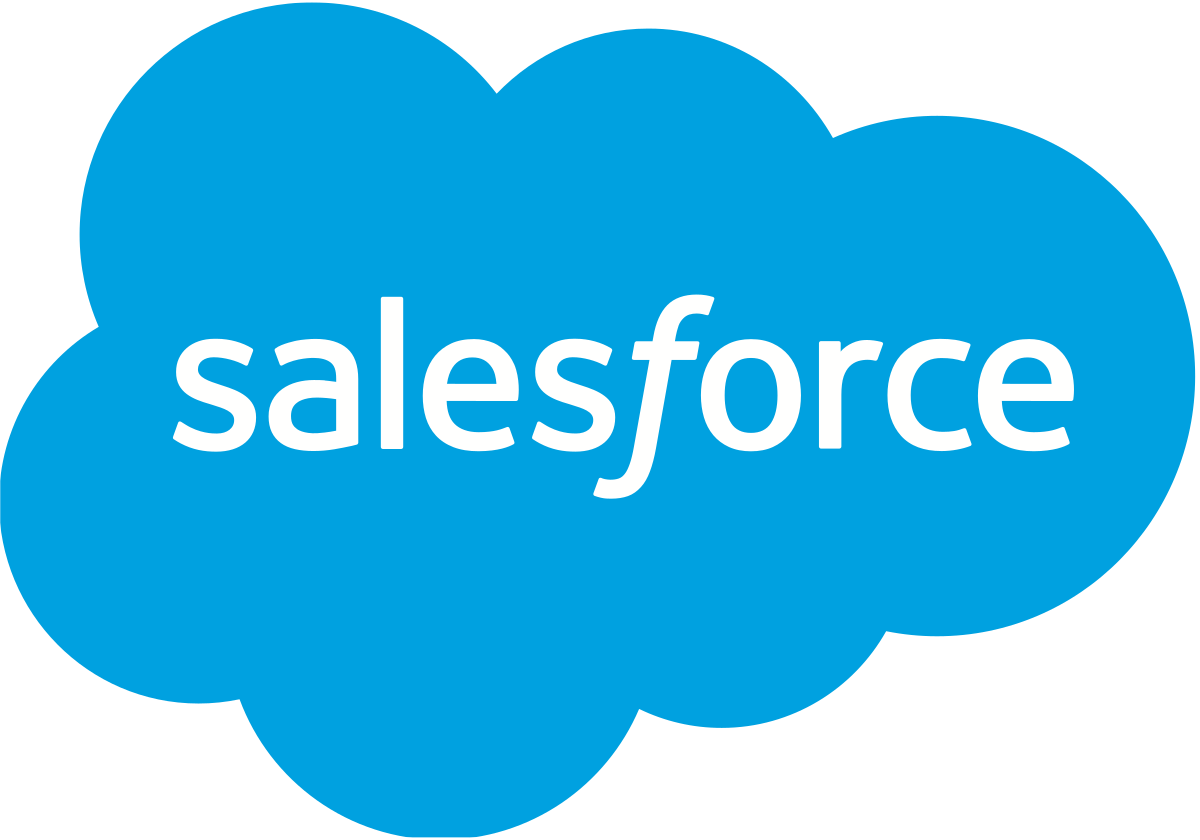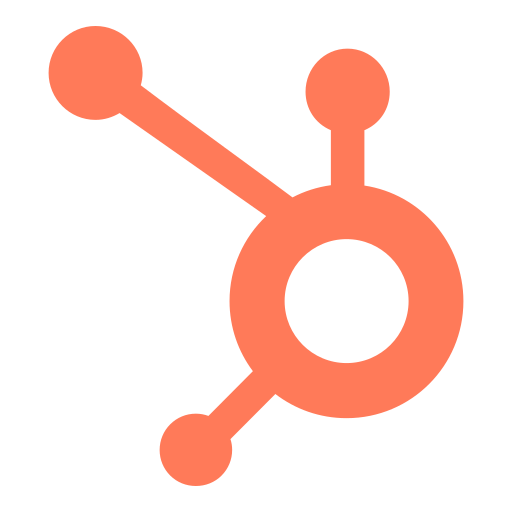CRM Hygiene Methodology
Building Your CRM Foundation

Old Way
Previously, you could easily build a robust CRM database by purchasing contact lists, importing LinkedIn connections, and having your sales team manually add prospects.
Companies would load thousands of contacts from data providers like ZoomInfo or D&B into their CRM, run basic deduplication, and start outreach campaigns.
When data quality issues arose, a quarterly "CRM cleanup day" was sufficient to get things back on track.
This approach worked because data decayed more slowly, and buyers had fewer options for researching solutions independently.
It no longer works. Mass-imported lists are filled with inaccuracies, and the same low-quality data is available to all your competitors.
Quarterly cleanup efforts can't keep pace with the rate of decay, creating a perpetual cycle of "Garbage in, garbage out."
New Way
Now you've to build your database through continuous, intelligent enrichment rather than mass imports.
You start with a targeted enrichment strategy focused on your ideal customer profile, rather than importing massive generic lists.
We need to have a foundation that allows us to go from small batch testing to mass CRM update – with only verified data.
We should validate information across multiple providers to get the highest coverage.
We use intelligent middleware to update only the data that SHOULD be updated. Data manually filled by your sales team needs to be differentiated from the ones you added from csv imports.
You need "CRM cleanup days" with automated, continuous data hygiene processes that maintain quality.
Handling Duplicates
Old Way
Previously, basic deduplication rules were sufficient to maintain CRM hygiene. You could set up simple matching based on email address or company name.
Companies could run occasional cleanup processes to merge or delete obvious duplicates, which was enough to avoid major system issues.
Sales reps might occasionally contact the same prospect twice, but this was rare.
This approach worked because CRM systems were simpler, with fewer integration points and data sources creating duplicate records.
It no longer works. With multiple data imports, various integration points, and marketing systems pushing in leads, your duplicate problem isn't just an administrative headache.
It's actively destroying your market credibility and making accurate forecasting impossible.
New Way
Now you need intelligent deduplication that goes far beyond exact-match rules to identify variations of the same entity.
You implement fuzzy matching algorithms that recognize when "IBM," "IBM Corp," and "International Business Machines" are the same company.
We need systems that don't just prevent new duplicates but intelligently merge existing duplicates while preserving the most valuable information from each record.
We should have governance procedures that catch potential duplicates at the point of creation, before they impact your data quality.
You should use middlewares before letting data to your CRM to improve matching accuracy based on your specific data patterns and business rules.
Lead Enrichment & Qualification




Old Way
Previously, you could capture basic information on lead forms (name, email, company) and have SDRs manually research and qualify each lead.
Companies would have their sales development team investigate company details, find organizational charts, and determine fit based on simple criteria.
Marketing could pass leads to sales with minimal enrichment because prospects expected to educate sales reps during discovery calls.
When leads came in, a 24-48 hour response window gave teams sufficient time for this manual research process before reaching out.
This approach worked because buyers were more patient and expected to educate sales reps during discovery calls.
It no longer works. Today's buyers expect sellers to already understand their business in the first conversation.
By the time your team completes their manual research, leads have often evaluated multiple competitors and moved on.
New Way
Now you need real-time lead enrichment at the point of capture, not days later when the opportunity has cooled.
You implement systems that automatically enhance each new lead with comprehensive company and contact information within minutes of form submission.
We need to use simple forms that collect minimal information from prospects (increasing conversion rates) while still delivering complete profiles to sales.
You then need to use a scoring system that instantly qualifies and prioritizes leads based on your specific ICP fit and likelihood to purchase.
You should use enrichment processes that append critical data points along with the lead's valid information.
You need a system where the sales team receives fully-enriched, prioritized leads enabling immediate, informed outreach without research delays.
3Ds - Data Driven Decisions
Old Way
Previously, approximate CRM data was sufficient for most business decisions. Leadership could make reasonable forecasts based on pipeline values and historical close rates.
Companies would create quarterly business reviews using simple metrics like lead counts, opportunity stages, and win rates.
When board members asked about market trends or expansion opportunities, educated guesses sufficed when perfect data wasn't available.
This approach worked in a growth-focused environment where the cost of imperfect decisions was offset by overall market expansion.
It no longer works. With economic uncertainty and tighter budgets, leadership needs precise forecasting and market intelligence.
When investors ask "Where should we expand next?" or "Why is this segment outperforming?", vague answers damage credibility and confidence.
New Way
Now you need your CRM to function as a strategic intelligence platform, not just a record-keeping system.
You transform basic account data into actionable insights through comprehensive firmographic, technographic, and intent signal enhancement.
You should be able to make expansion decisions based on reliable intelligence rather than gut feeling or the loudest voice in the room.
You should be able to identify which leads and opportunities are most likely to close, enabling precise resource allocation.
We use enriched CRM data to provide concrete, data-backed answers to strategic questions about market penetration, competitive positioning, and expansion opportunities.
You need leadership dashboards that turn complex CRM data into clear visualizations that drive confidence.







